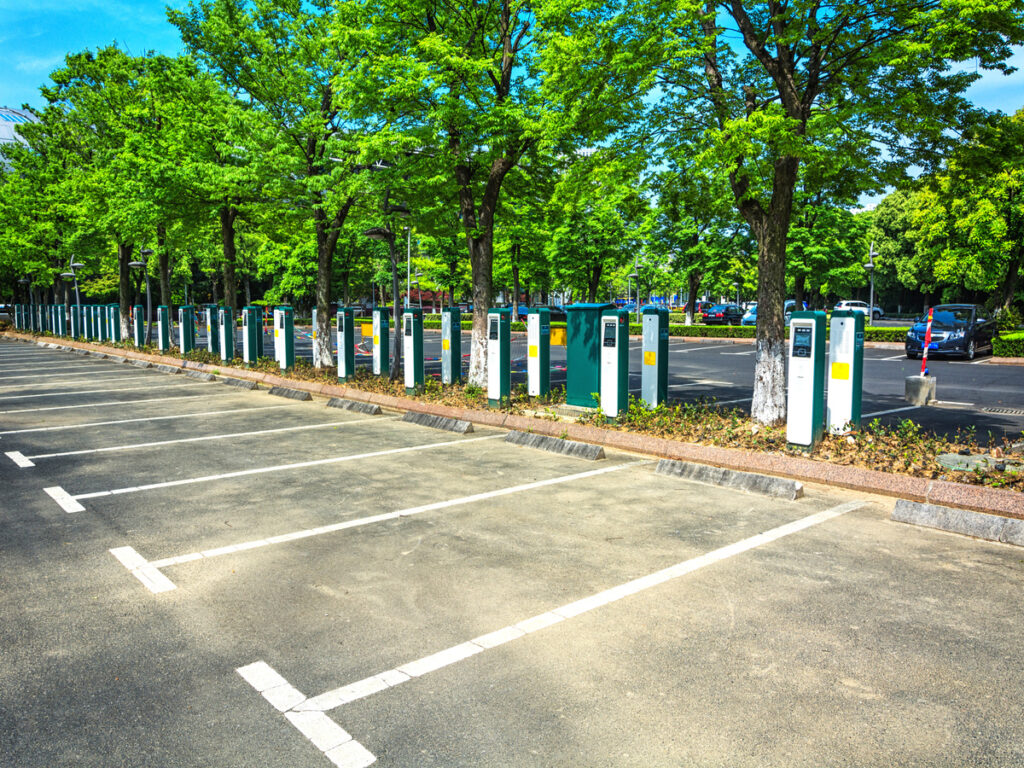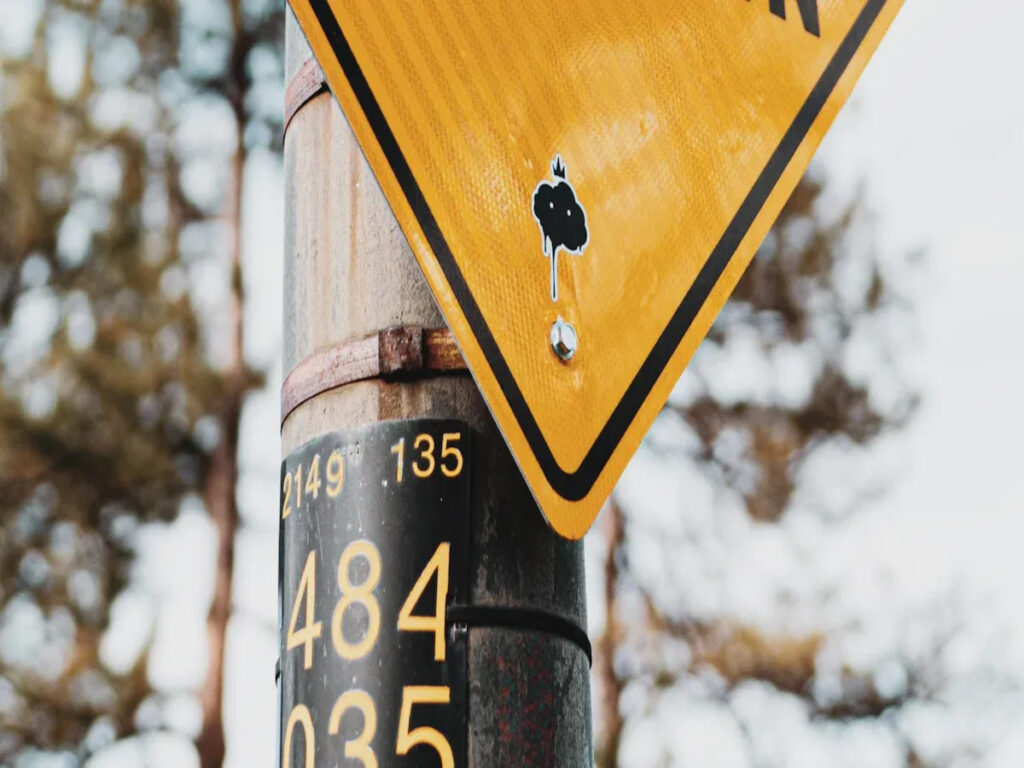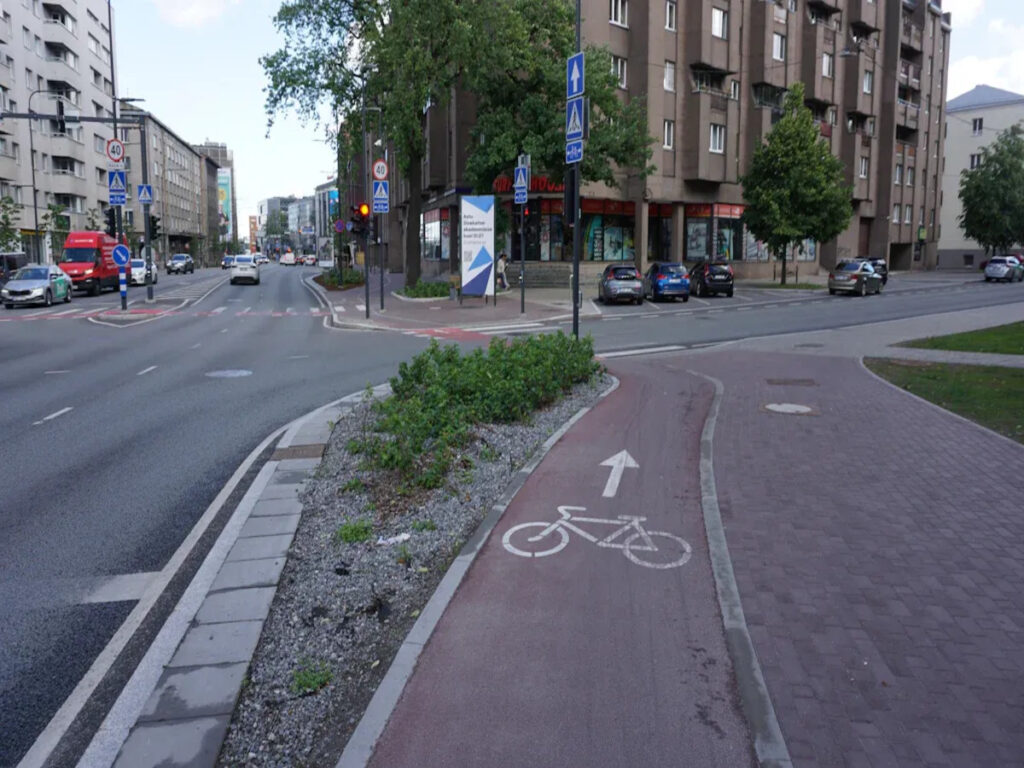Transporte multimodal: La clave para crear movilidad urbana eficiente y sostenible

Multimodal transportation incorporates bikes, caminando, autobús, y autos eléctricos, Contribuyendo a la reducción del tráfico y la contaminación al tiempo que mejora la conveniencia de los viajes. Por ejemplo, Metroville logró un 30% Reducción de la contaminación del centro a través de la implementación de zonas verdes y servicios de autobuses mejorados. Aumento del uso de autobuses por 5% e introducir bicicletas electrónicas puede disminuir aún más el tráfico y ahorrar tiempo. Planificando estratégicamente rutas y minimizando el uso de automóviles, Las ciudades pueden mejorar la seguridad del tráfico y volverse más verde, Apoyado por productos efectivos de seguridad del tráfico.
Señales de seguridad del tráfico vehicular para autobuses: Mejora de la seguridad y la eficiencia en Busway y BRT Crossings

Los cruces de vías de autobús y BRT utilizan señales de seguridad vial para proteger a las personas. Estas señales ayudan a conductores y peatones a evitar confusiones durante las horas pico.. Reducen accidentes y mejoran el flujo de tráfico. Las señales claras de seguridad vial en los cruces garantizan la seguridad de los pasajeros y facilitan las operaciones fluidas de los autobuses.. A medida que las ciudades amplían sus sistemas de transporte, La importancia de estos signos sigue creciendo..
Mejorar la seguridad y la eficiencia en las paradas de autobús: El papel de los delineadores de Bike Lane en la movilidad urbana de Columbia Británica

Los delineadores de carriles para bicicletas contribuyen a mejorar la seguridad y la eficiencia en las zonas urbanas, haciendo que las ciudades sean más seguras y navegables. Los divisores de carriles para bicicletas logran esto separando claramente a los ciclistas, pasajeros de autobuses, y peatones. Estas herramientas minimizan los conflictos y agilizan el flujo de tráfico en las paradas de autobús. En Columbia Británica, where cities face challenges like limited space and increasing multimodal transportation use, Los divisores abordan estos problemas de manera efectiva. Mejoran la seguridad y la eficiencia, Asegurando que todos los ciclistas, peatones, y jinetes de autobuses: puede compartir espacios sin problemas.
Delineators de estacionamiento: Mejora de la seguridad y la eficiencia en las estaciones de carga de vehículos eléctricos residenciales

Electric cars are changing how people travel, with sales rising fast. A principios de 2022, encima 2 million were sold, up 75% del año pasado. Neighborhoods now need better ways to handle this growth safely. Parking lot delineators help by organizing parking spaces and keeping areas safe. These traffic safety delineators show clear parking spots, stop overcrowding, and direct cars to chargers. This makes things safer and easier for people with electric cars.
Abordar los conflictos de giro con usuarios vulnerables de la carretera: El papel de los delineadores de tráfico y las señales de advertencia dinámica para mejorar la seguridad vial

Se producen conflictos de giro cuando los vehículos y los usuarios de carreteras vulnerables, como peatones o ciclistas, se cruza durante los turnos. Estas situaciones pueden ser extremadamente peligrosas. En cruces, El riesgo aumenta debido a movimientos rápidos o mal tiempo. La investigación indica que estos conflictos están influenciados por el flujo de tráfico y el tiempo, con la probabilidad de accidentes que van desde 0.5 a 6.0 segundos antes de que ocurran.
Cómo los delineadores de Bike Lane están dando forma a la infraestructura de bicicleta electrónica en 2025

Las bicicletas electrónicas están cambiando la forma en que las personas viajan en las ciudades. Son ecológicos y ayudan a las personas a moverse fácilmente. Pero a medida que más personas los usan, Hacer que se ajusten de forma segura a los sistemas de la ciudad es importante. Los delineadores de Bike Lane son clave para este cambio. Estos delineadores establecen rutas claras, mantener a los jinetes seguros y mejorar las ciudades para las bicicletas.













